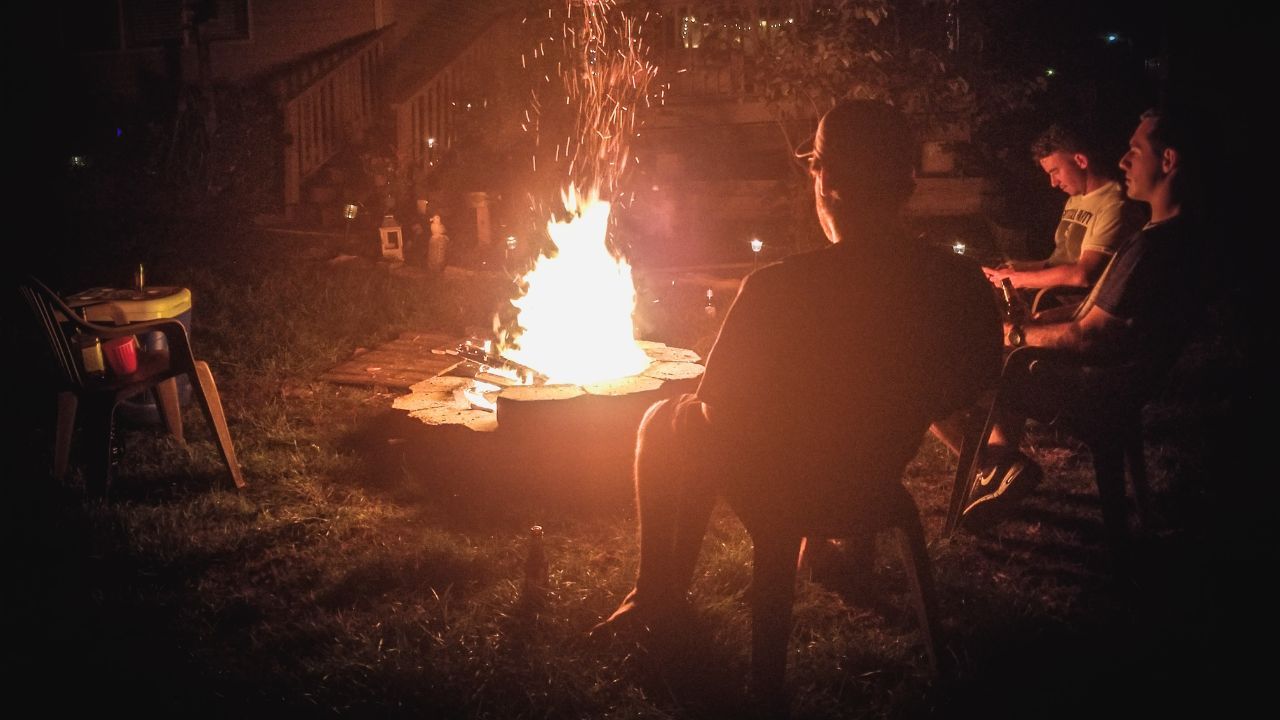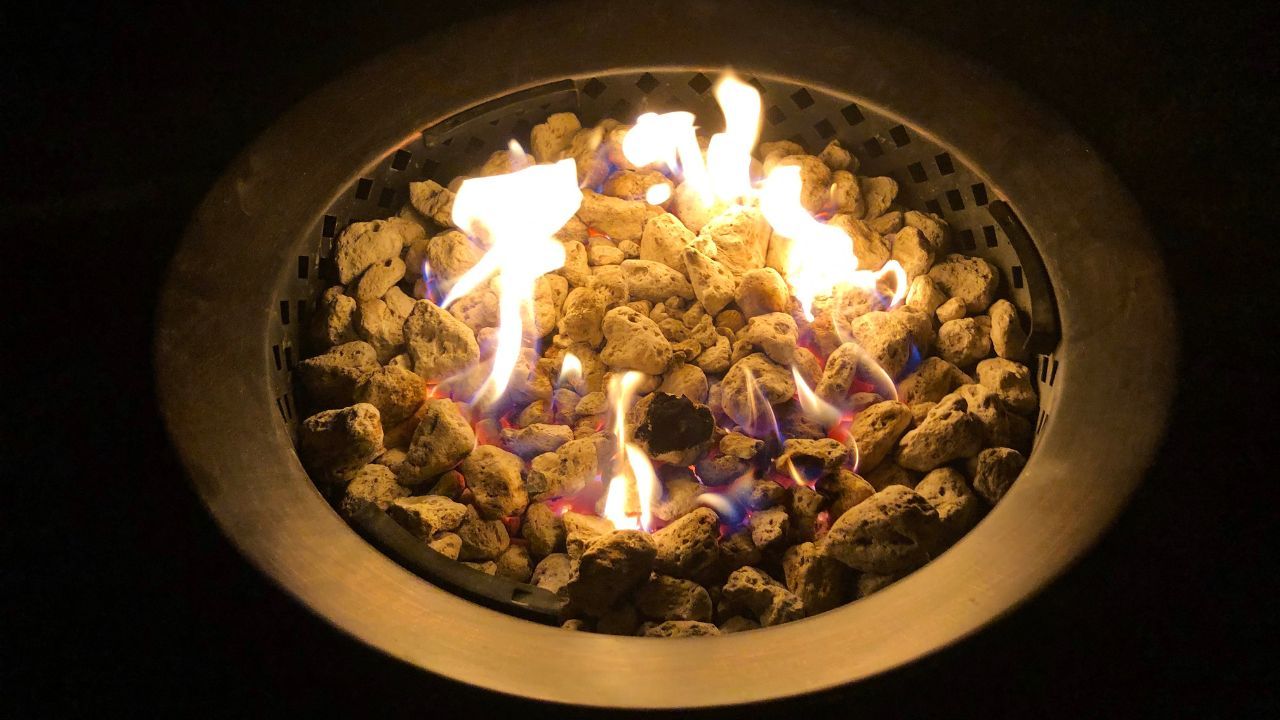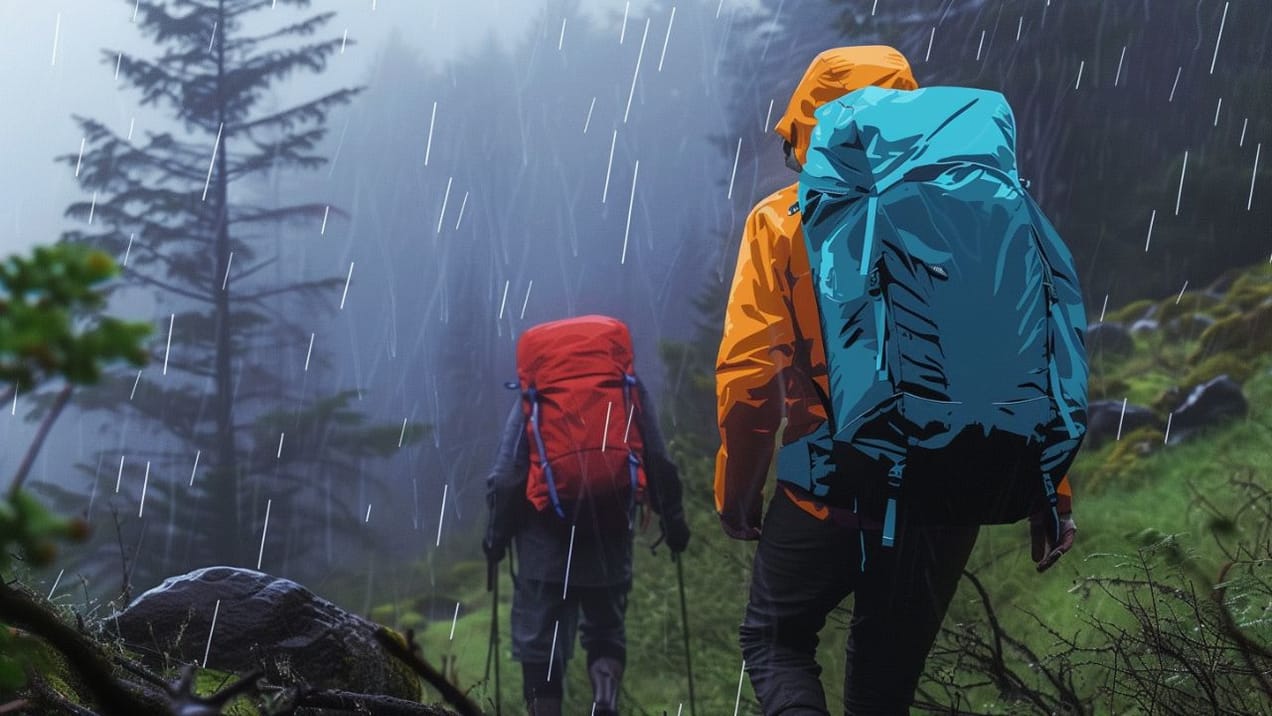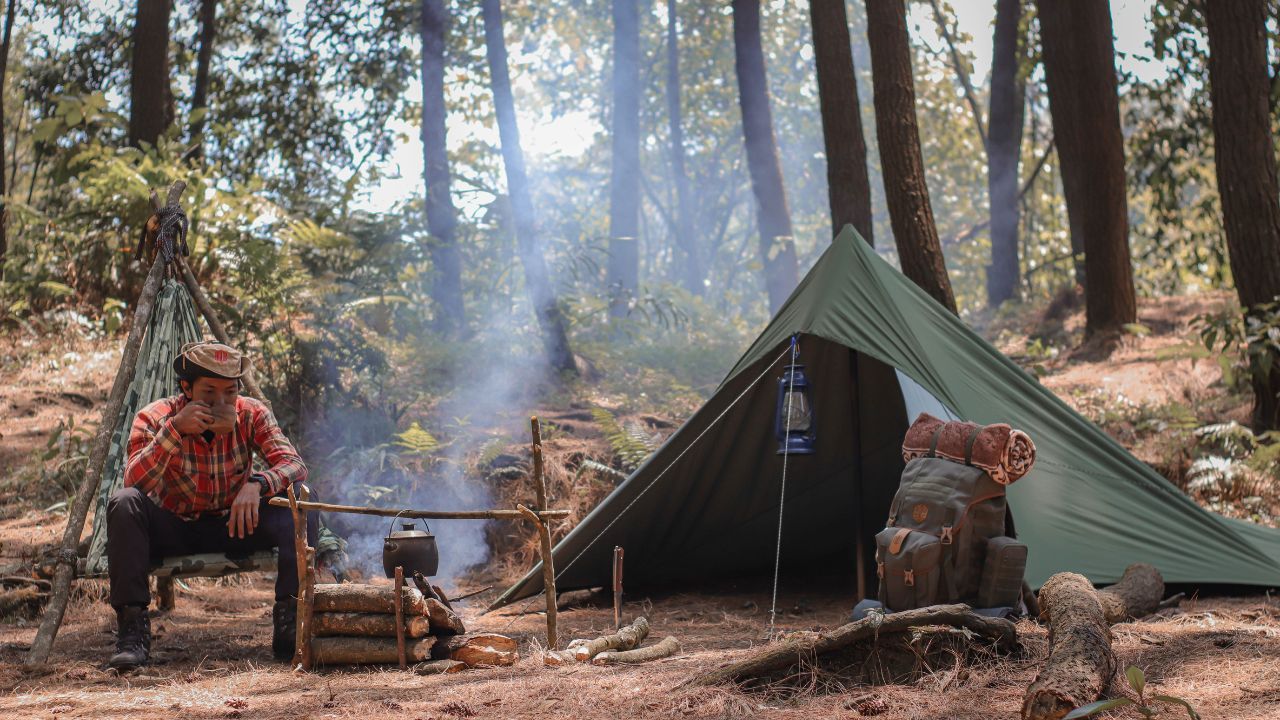
How To Keep A Tent Warm: The Science of Heat Retention
We've cracked the science of camping comfort! Learn how to keep a tent warm and elevate your outdoor experience!
Have you ever found yourself shivering in your tent during a chilly night, wondering how to keep warm? We've all been there. And trust us, it's no fun.
Staying warm in a tent is not just about comfort; it's about safety too. Hypothermia is a real risk when camping in cold weather, and it can strike faster than you might think. But worry not!
We've got your back. In this blog post, we'll share some proven strategies and top-rated products to help you stay toasty warm on your next camping adventure.
The Science Behind Staying Warm
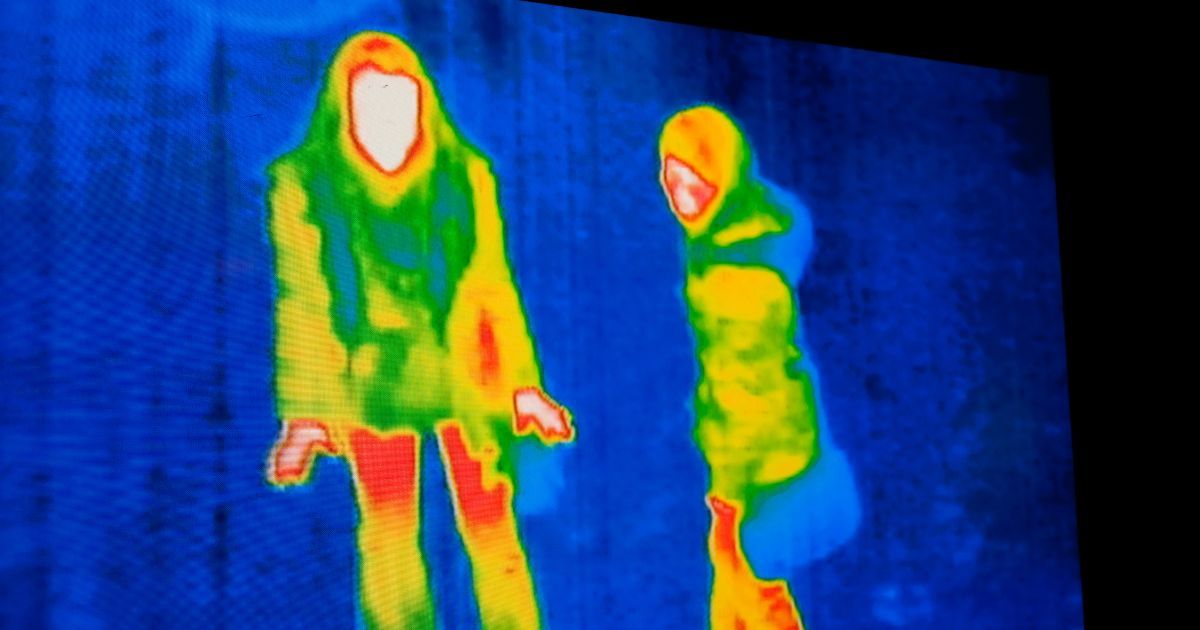
First things first, let's talk about how heat is lost. There are three primary ways: conduction, convection, and radiation.
In simple terms, conduction is heat loss through direct contact with cold surfaces (like your body against the cold ground), convection is heat loss to the cold air around you, and radiation is heat emitted from your body into the colder environment.
This is where insulation comes in. Insulation works by trapping small pockets of air and minimizing these three types of heat loss. The better the insulation, the warmer you'll be.
Have you ever heard of the term "R-value"? It's a measure of thermal resistance, or in layman's terms, how well a material resists heat flow.
Let's dive a little deeper into the science of staying warm.
1. The Core and Extremities
Our body has a built-in thermostat located in the hypothalamus part of the brain, which regulates our core temperature. When your core (torso) is warm, it readily releases blood to the extremities. But when your core gets cold, your body's natural defense is to stop sending blood to the extremities, keeping vital organs warm.
2. The Role of Insulation
Insulation helps us stay warm by preventing the transfer of heat from our bodies to the colder outside environment. This happens due to the air pockets within the insulating material that trap heat. The more air pockets, the better the insulation.
3. Balance Between Heat Produced and Heat Lost
Staying warm is about maintaining a balance between the heat our body produces and the heat it loses. When we get cold, we often shiver because shivering generates heat. The spasmodic contracting and relaxing of our muscles consume calories and generate heat to replace the heat our body is losing.
4. Increasing Muscle Activity
Another defensive strategy our body uses to stay warm is increasing muscle activity. This in turn boosts our metabolism and creates more heat. When our body temperature drops, our nervous system triggers muscle contractions in the form of shivering. These rapid, involuntary muscle contractions generate extra heat to help warm our body
5. Effect of Air Flow
The air near our warm skin is heated and absorbs the heat of the human body. Air flows always bring fresh (cooler) air to the skin and can thus absorb further heat, cooling us down.
6. Heat Transfer
Our body heat moves to the colder air, making us feel cold. This is similar to how a warm cup of water gets colder without a cup "coat". But when we wear clothing (like a cup "coat"), it traps the heat and prevents it from transferring to the colder air.
7. Using Convection for Warmth
Convection involves the movement of heat through a fluid (liquid or gas). In terms of staying warm, we can use convection to our advantage. For example, heating a small, enclosed space (like the inside of a tent or a room) can provide warmth as the heated air circulates.
Choosing The Right Tent For Cold Weather
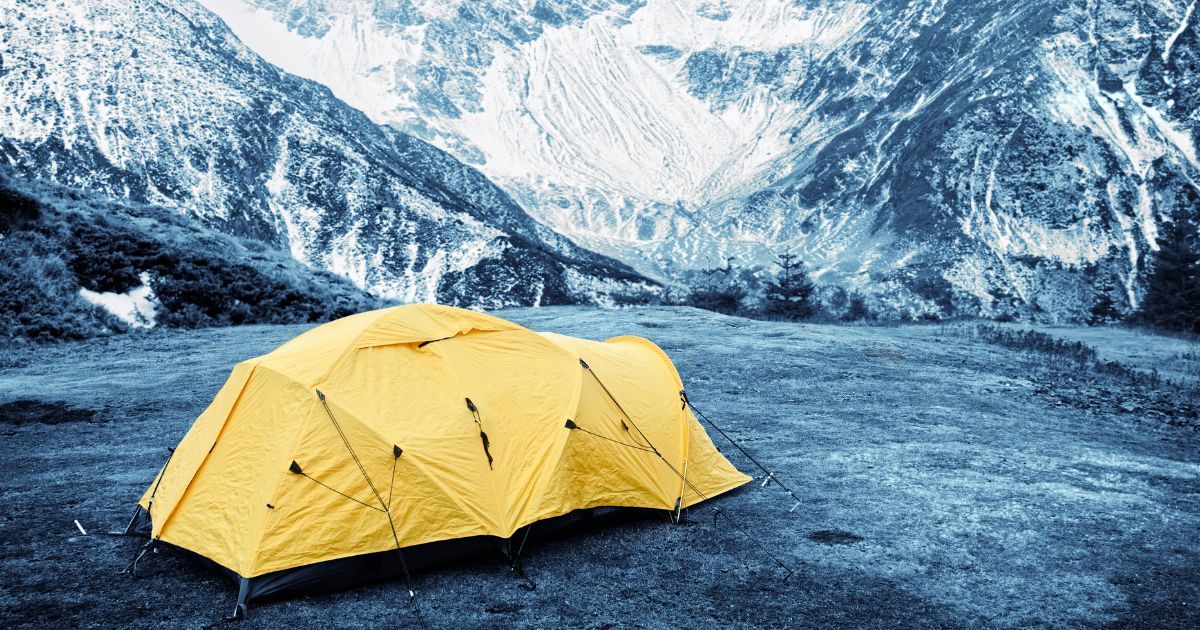
Now that we've covered the scientific basics of staying warm, let's dive into the first step of keeping your tent warm - choosing the right tent.
Here are some tips to help you make the best choice.
1. Go for a 4-Season Tent
Four-season tents are designed to handle harsh weather, including snow and strong winds. They're built with sturdy materials and have fewer mesh panels to keep the cold air out. Some of these tents are even designed to accommodate a wood-burning stove inside.
2. Check the Tent's Materials
The material of a tent matters for cold weather. Some tents are made from canvas, which is great at keeping heat inside. Other tents might use durable synthetic materials that can withstand winter camping conditions.
3. Look for Insulation
Insulated tents are a great choice for winter camping. They have extra layers to keep the warmth in and the cold out. Some of the best-insulated tents include the Mountain Hardwear Trango 3 and The North Face Mountain 25.
4. Size Matters
Size is important too. You want enough space for everyone to sleep comfortably. But remember, bigger tents can be harder to keep warm.
5. Don't Forget Strength
A good cold-weather tent needs to be strong. It should stand up to wind, snow, and anything else Mother Nature throws at it.
Choosing the right tent for cold-weather camping isn't hard once you know what to look for. Keep these tips in mind, and you'll be on your way to a cozy and comfortable camping trip!
The Importance of a Quality Sleeping Bag
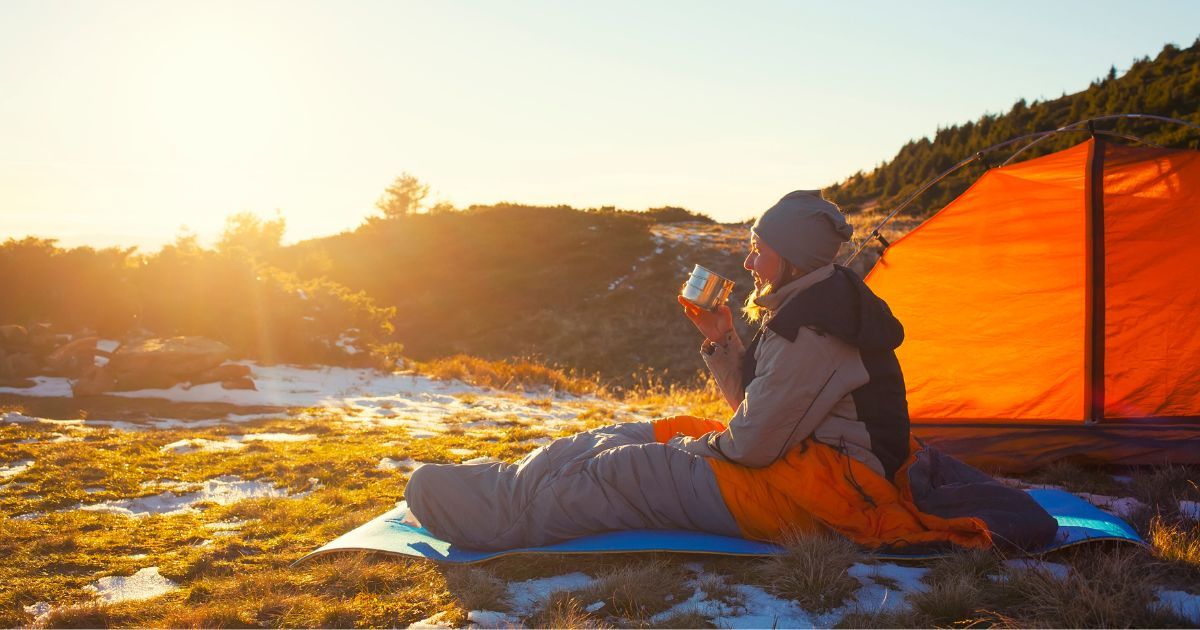
Ever wondered about the secret to a warm and cozy night in the great outdoors? Meet your new best friend: the sleeping bag! Not just any bag, but one designed with chilly nights in mind.
A Sleeping Bag: Your Personal Portable Heater
A sleeping bag is more than just a bag; it's a meticulously designed piece of gear that uses the principles of heat transfer to keep you warm.
This warmth is achieved through insulation, which works by trapping small pockets of air. These pockets of air create a barrier against the cold, minimizing heat loss from conduction (heat transfer between your body and the cold air).
High-quality sleeping bags use either down or synthetic materials for insulation.
- Down, the fluffy layer found beneath feathers of ducks and geese, is incredibly efficient at trapping heat but can lose its insulating properties when wet.
- Synthetic insulation, on the other hand, is less efficient but maintains its insulating properties even when damp.
Shopping for a Cold-Weather Sleeping Bag: What to Look For?
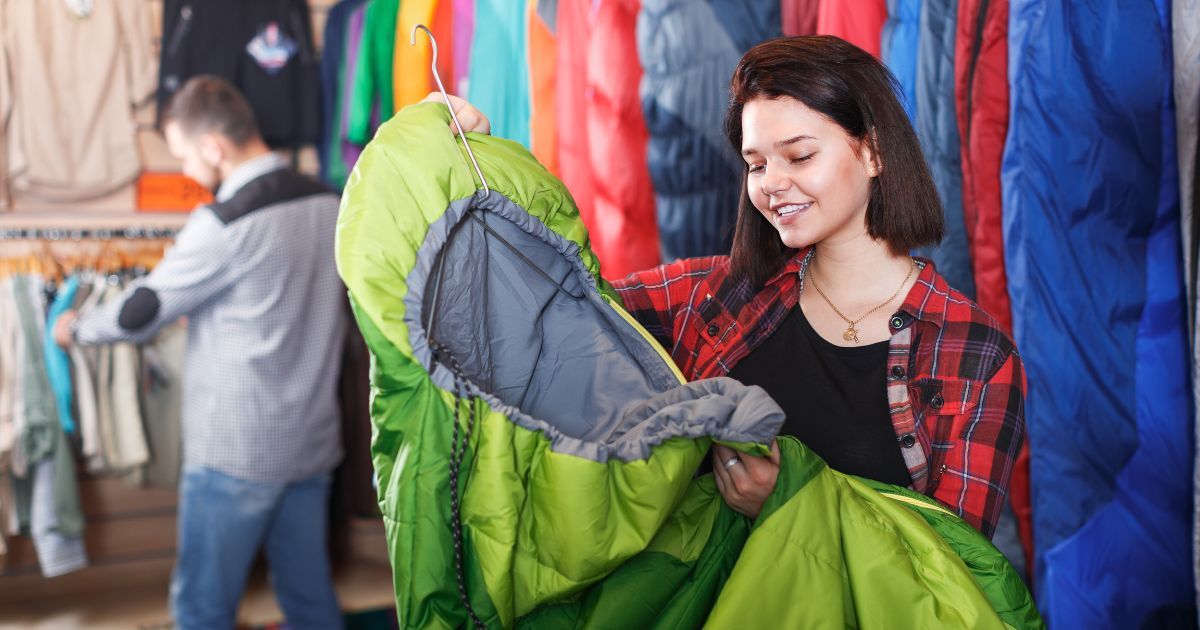
When shopping for a cold-weather sleeping bag, consider factors like the bag's temperature rating (the lowest temperature at which the bag will keep you warm), the shape of the bag (mummy bags are more efficient at retaining heat), and the type of insulation (down or synthetic).
When choosing a warm sleeping bag for cold weather, consider the following factors:
- Temperature Rating: This is the lowest temperature at which the bag will keep the average sleeper warm. So, if a bag has a rating of -10 degrees Celsius, it should keep you warm in temperatures down to -10 degrees.
- Bag Shape: Mummy-shaped bags are narrower at the feet and wider at the shoulders, reducing the amount of air your body must heat. This shape is more efficient at retaining heat than rectangular bags.
- Type of Insulation: As mentioned earlier, down insulation offers superior warmth-to-weight ratio but performs poorly when wet. Synthetic insulation is less efficient but a better choice for damp conditions.
- High Loft: Loft refers to the volume of the down or synthetic fill, which is a measure of its 'fluffiness'. The higher the loft, the more air pockets there are to trap body heat and provide insulation, making a puffier bag with a high loft better at retaining warmth.
Our Top Picks for the Best Cold-Weather Sleeping Bags
- Mountain Equipment Iceline Sleeping Bag: Perfect for extreme cold, this bag boasts an impressive -30°C/-22°F temperature rating.
- Kelty Cosmic 20: Lightweight yet warm, this mummy bag offers a perfect balance of comfort and heat retention. -7°C/20°F temperature rating
- Big Agnes Anthracite: Made from recycled materials, this bag is not only warm but also eco-friendly! -7°C/20°F temperature rating
Insulating Your Tent Floor
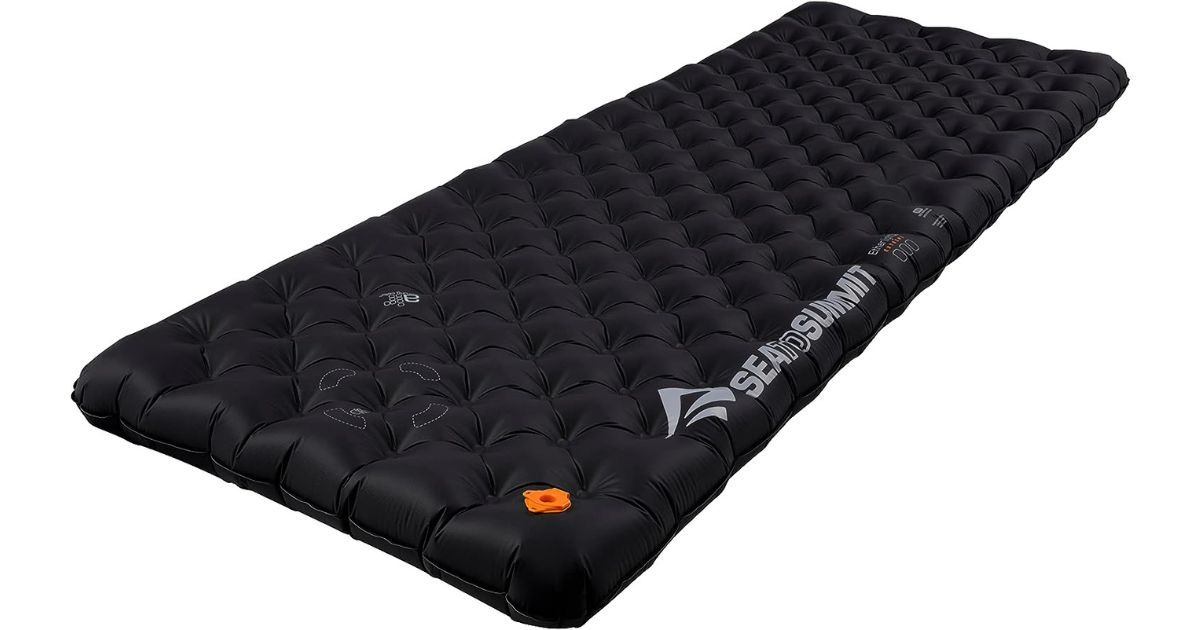
Ground Insulation: The Unsung Hero of Warm Camping
Did you know that the ground can be a major source of heat loss in a tent? Insulating your tent floor can prevent this, creating a thermal barrier between you and the cold earth.
By placing an insulating layer between you and the ground, you slow down this heat transfer, keeping you warmer.
Your Options for Tent Floor Insulation
There are various ways to insulate your tent floor, such as using sleeping pads, blankets, footprints, or tent carpets. Each has its own pros and cons, so consider factors like portability, comfort, and effectiveness.
- Sleeping Pads: These provide a layer of air between you and the ground. Some are filled with foam or down for added insulation and comfort.
- Blankets: A blanket under your sleeping bag can add extra insulation. Wool or fleece blankets are good choices as they provide excellent insulation.
- Footprint/Ground Tarp: This can act as an additional barrier between your tent and the cold ground, reducing heat loss through conduction and helping to keep the interior of your tent warmer.
- Tent Carpets: These add a layer of luxury, comfort, and warmth to your tent. They're especially useful in larger tents where you might be walking around barefoot.
The Best Tent Floor Insulation Options Reviewed
- Sea to Summit Ether Light XT: This self-inflating insulated sleeping pad offers both insulation and a cushy sleep surface.
- Arcturus Military Wool Blanket: A simple wool blanket can work wonders when placed under your sleeping bag.
- Drymate Tent Carpet: For those who want to camp in style, this carpet adds warmth and a touch of luxury to your tent.
Using Tent Heaters Safely
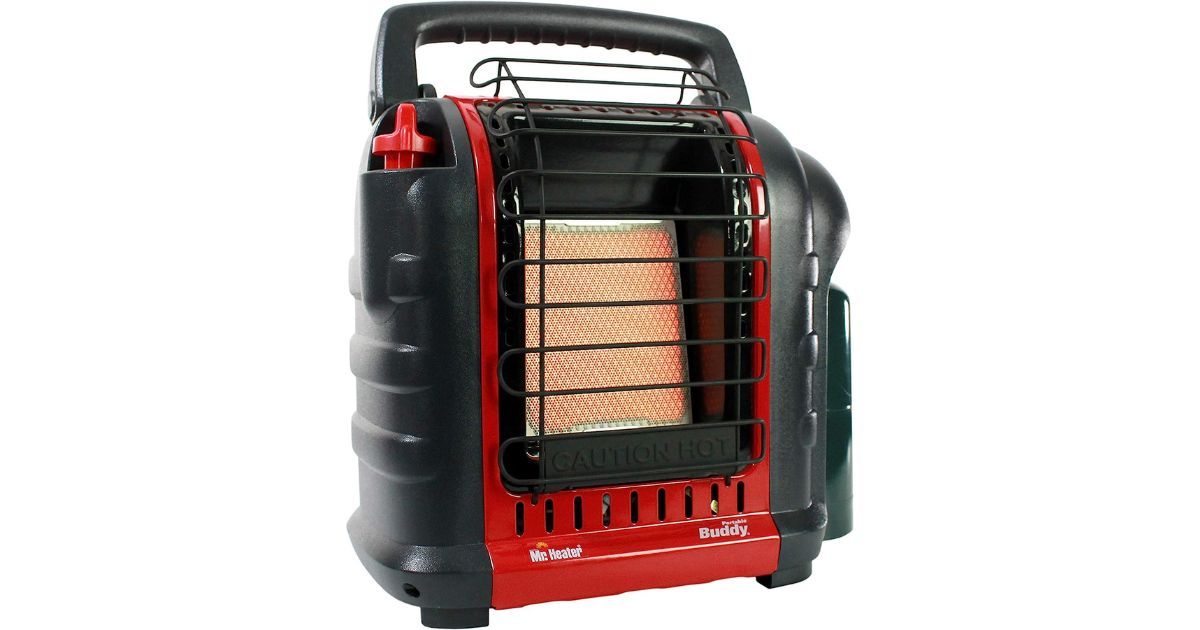
Tent heaters are devices designed to heat the interior of your tent. They work by converting energy (either electrical or chemical, depending on the type of heater) into heat, which is then radiated or convected into your tent.
Electric heaters use electrical energy, converting it into heat through a process called Joule heating. Propane heaters, on the other hand, burn propane to produce heat.
Safety First: Tips for Using Heaters in a Tent
While tent heaters can provide welcome warmth, they must be used safely. Always ensure proper ventilation, keep flammable items away from the heater, and never leave it unattended.
- Ventilation: Ensure your tent is well-ventilated. Burning propane produces carbon monoxide, a dangerous gas that you need to vent out of your tent.
- Keep Flammable Items Away: Keep the heater away from flammable items like sleeping bags, clothes, and the tent walls.
- Never Leave It Unattended: Always turn off the heater when you're not in the tent or when you're sleeping. Many heaters have safety features such as tip-over switches and oxygen depletion sensors, but they're not foolproof.
The Safest and Most Efficient Tent Heaters on the Market
- Dreo Electric Space Heater: This heater offers steady warmth with the added safety of a tip over and overheat protection.
- Mr Heater: Powerful propane heater, is perfect for off-grid camping.
- Mr Heater Little Buddy: Compact propane heater is perfect for smaller tents.
Dressing Appropriately for Cold Weather Camping
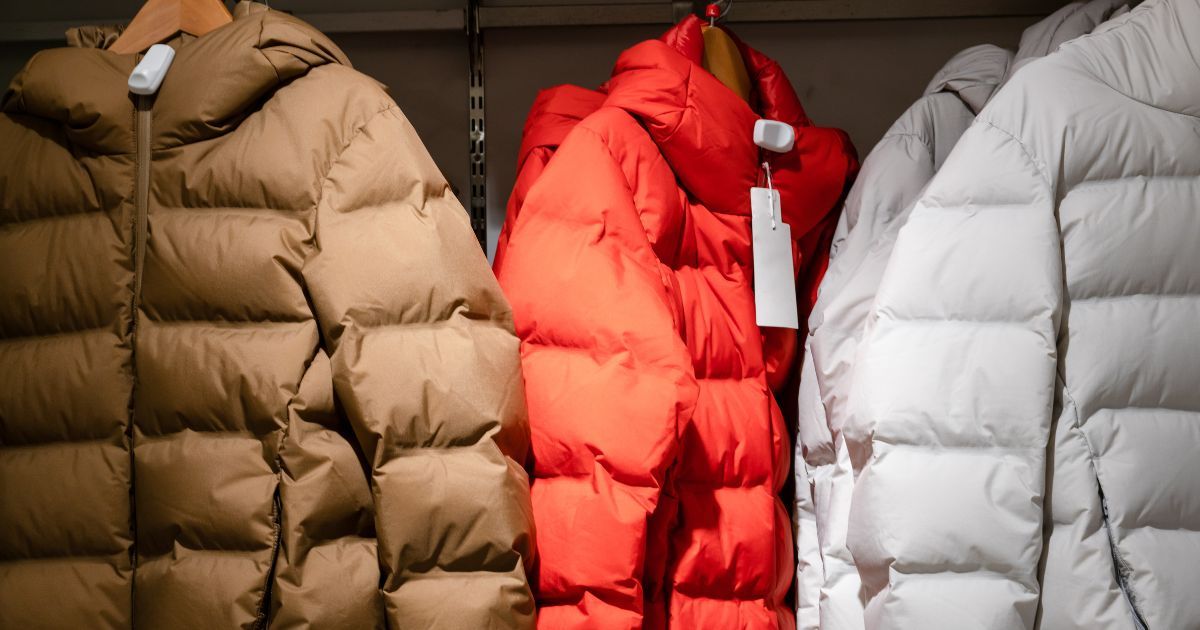
When it comes to dressing for cold weather camping, it's all about understanding the principles of thermal regulation and moisture management.
Your body continuously generates heat, especially during physical activities like hiking. If this heat is not adequately managed, it can lead to excessive sweating, which will dampen your clothes and eventually make you cold.
That's why effective layering is crucial. The three-layer system is a tried-and-true approach used by outdoor enthusiasts.
- Base Layer: This layer is closest to your skin, so its main job is to regulate your body temperature by moving perspiration away from your skin, keeping you dry and comfortable. Materials like merino wool or synthetic fabrics are excellent at this because they have good 'wicking' properties - that's the ability to spread moisture out over a larger area to speed up evaporation.
- Mid Layer: This is your insulating layer designed to trap heat. It works by creating dead-air spaces that prevent heat generated by your body from escaping. Fleece and down are popular choices as they are lightweight, breathable, and great at trapping heat.
- Outer Layer: This is your protective layer from the elements. It should be wind and waterproof to protect you from harsh weather conditions but also breathable to allow moisture from sweat to escape.
Extra Tips to Stay Cozy in Your Tent
Even with all the right gear, sometimes you need a little extra warmth. Here are some additional tips to help you stay cozy:
- Hot Water Bottles: This old-school method uses the principle of conduction - the transfer of heat between two objects in direct contact. The hot water bottle, once heated, will gradually release this heat, warming up your sleeping bag.
- Thermal Flask: A thermal flask uses vacuum insulation to keep your drinks hot. The space between the flask's inner and outer wall is evacuated, creating a vacuum. Heat transfer through convection and conduction is drastically reduced, hence your drink stays warm for longer.
- Eating Warming Foods: Eating high-calorie foods before bed can help keep you warm. When your body metabolizes food, it generates heat in a process known as dietary thermogenesis. This natural metabolic process can help keep you toasty from the inside out.
- Insulate the Outside: Adding extra blankets to the outside of your tent creates an additional layer of insulation, by trapping warm air inside and blocking cold air out. This simple modification helps keep your tent warmer and transforms it into a well-insulated shelter, better equipped to handle harsh weather conditions.
Bottom Line
Understanding the science behind staying warm can significantly improve your next camping trip on those cold nights.
From choosing the right gear based on their insulating properties and R-values, to dressing appropriately using the layering system, to using simple yet effective methods like hot water bottles, it's all about managing heat loss and maximizing heat retention.
Now that you're armed with the knowledge and tips to stay warm, we'd love to hear from you! Do you have other science-backed strategies for staying warm while camping? Feel free to share them with our community.
And remember, knowledge is power. So make sure to check out our other blog posts and product reviews to further equip yourself for your outdoor adventures.
Stay warm, stay safe, and happy camping!
Recommended For You...
